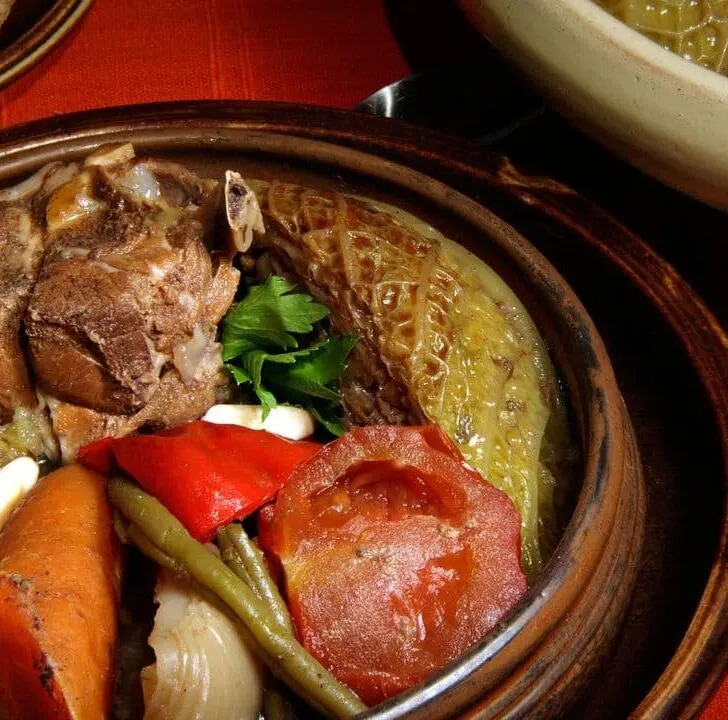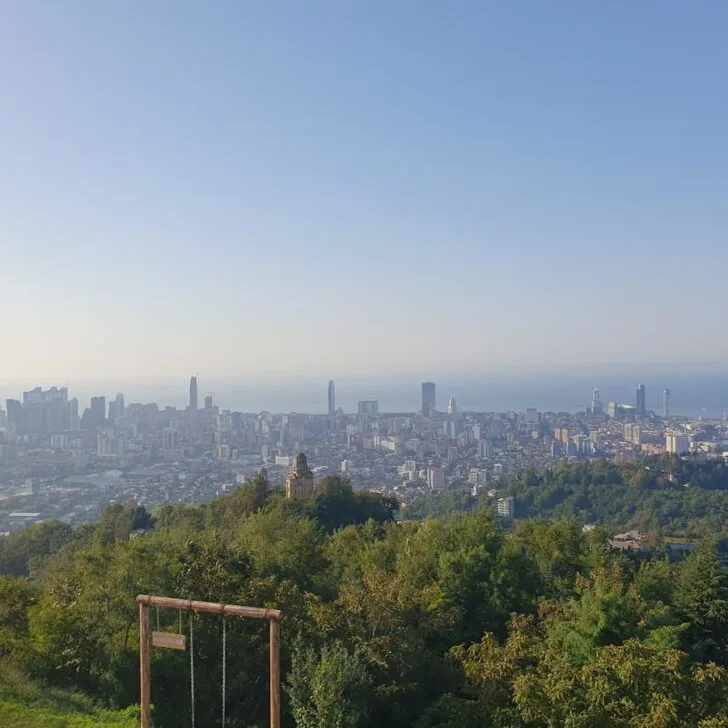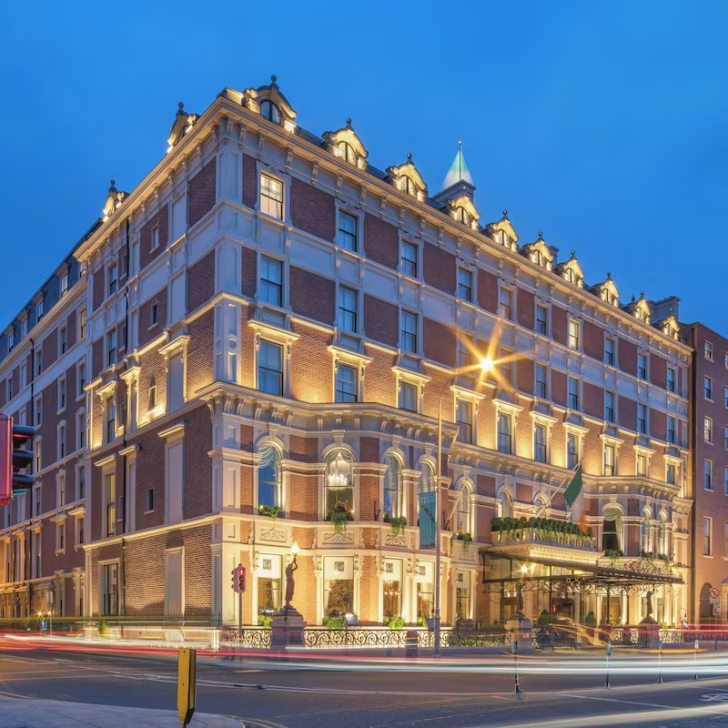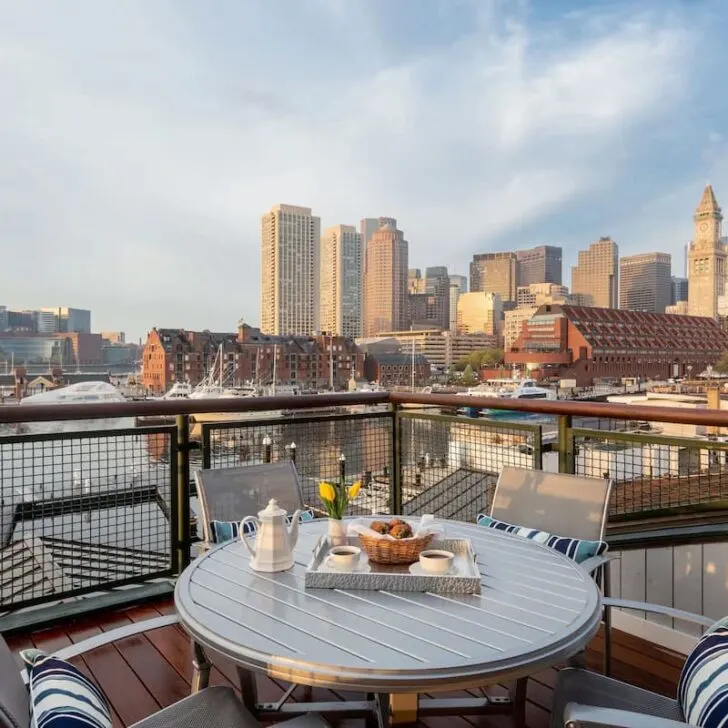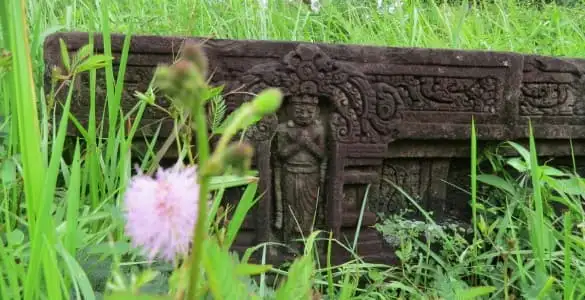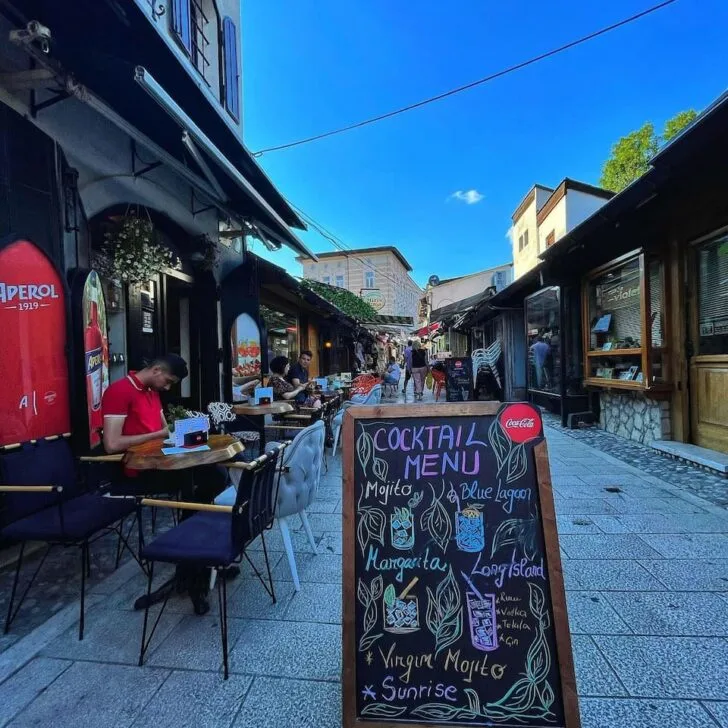We may receive a commission if you make purchases through affiliate links (at no extra cost to you). Read why our approach to travel is different.
There are places where backpacking is a curated experience. Nepal is definitely not one of them! Backpacking Nepal is like navigating controlled chaos – in the best way possible, of course.

The rule of the thumb when backpacking Nepal is always be ready to discover moments you could not have planned if you tried. Whether it’s an invitation to join a friendly family for a cup of chai, sharing classic Nepalese snacks with someone during a shockingly bumpy bus ride, or hiking a trail that’s not on mainstream maps but still leads to mind-blowing vistas.
There’s no doubt about it: a backpacking adventure in Nepal yanks you right out of your comfort zone. But you’ll also be treated to genuine connections, spectacular views, and the kind of traditional experiences guidebooks don’t talk about.
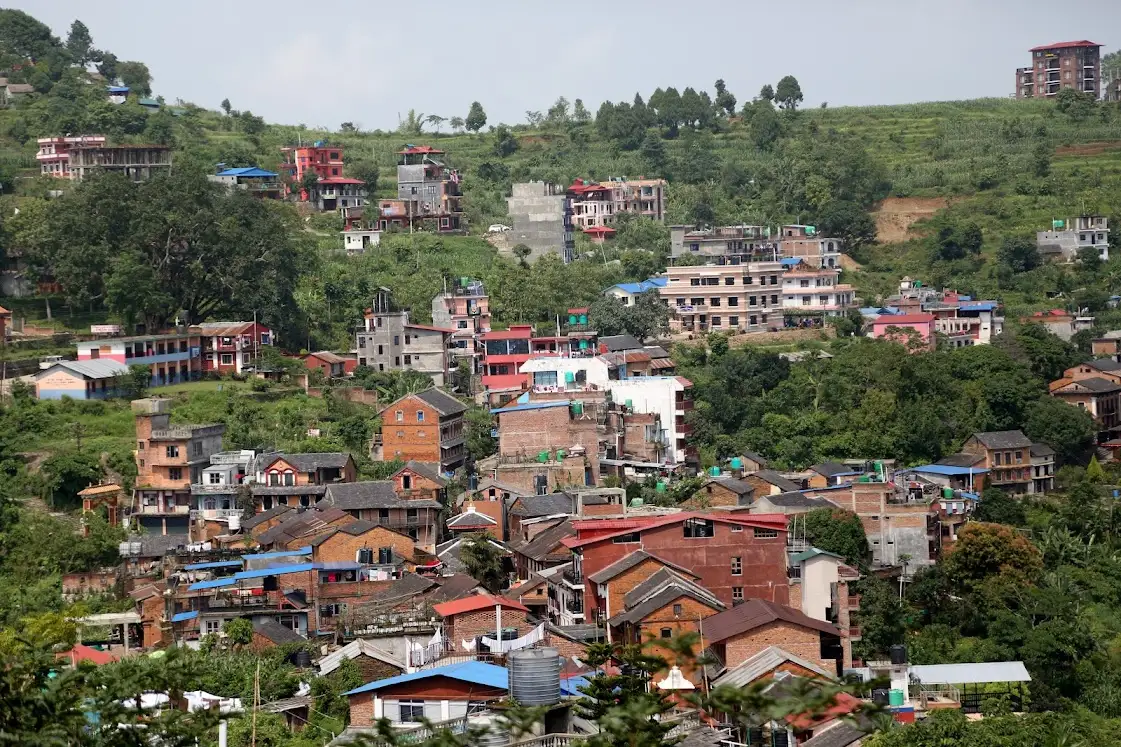
With all that in mind, here are five handy tips to help you make the most out of your backpacking trip while cutting back on costs!
Skip to...
- 1. Trekking Adventures: Consider The Less Popular Trails
- 2. Dal Bhat: A Cultural Staple for Travelers Backpacking Nepal
- 3. Local Buses: For Those Bumpy Backpacking Nepal Adventures
- 4. Wi-Fi Is Not Reliable: Get a Local SIM when Backpacking Nepal
- 5. Permits and Money: Essentials for Backpacking Nepal
- Bonus Tips for Backpacking Nepal on a Budget
1. Trekking Adventures: Consider The Less Popular Trails
Yes, the Annapurna Circuit and Everest Base Camp are legendary. If you’re looking for a more immersive experience while backpacking Nepal, though, I suggest you opt for the lesser-known routes. In my experience, most of the most scenic, peaceful, and culturally rich ones aren’t in the spotlight.
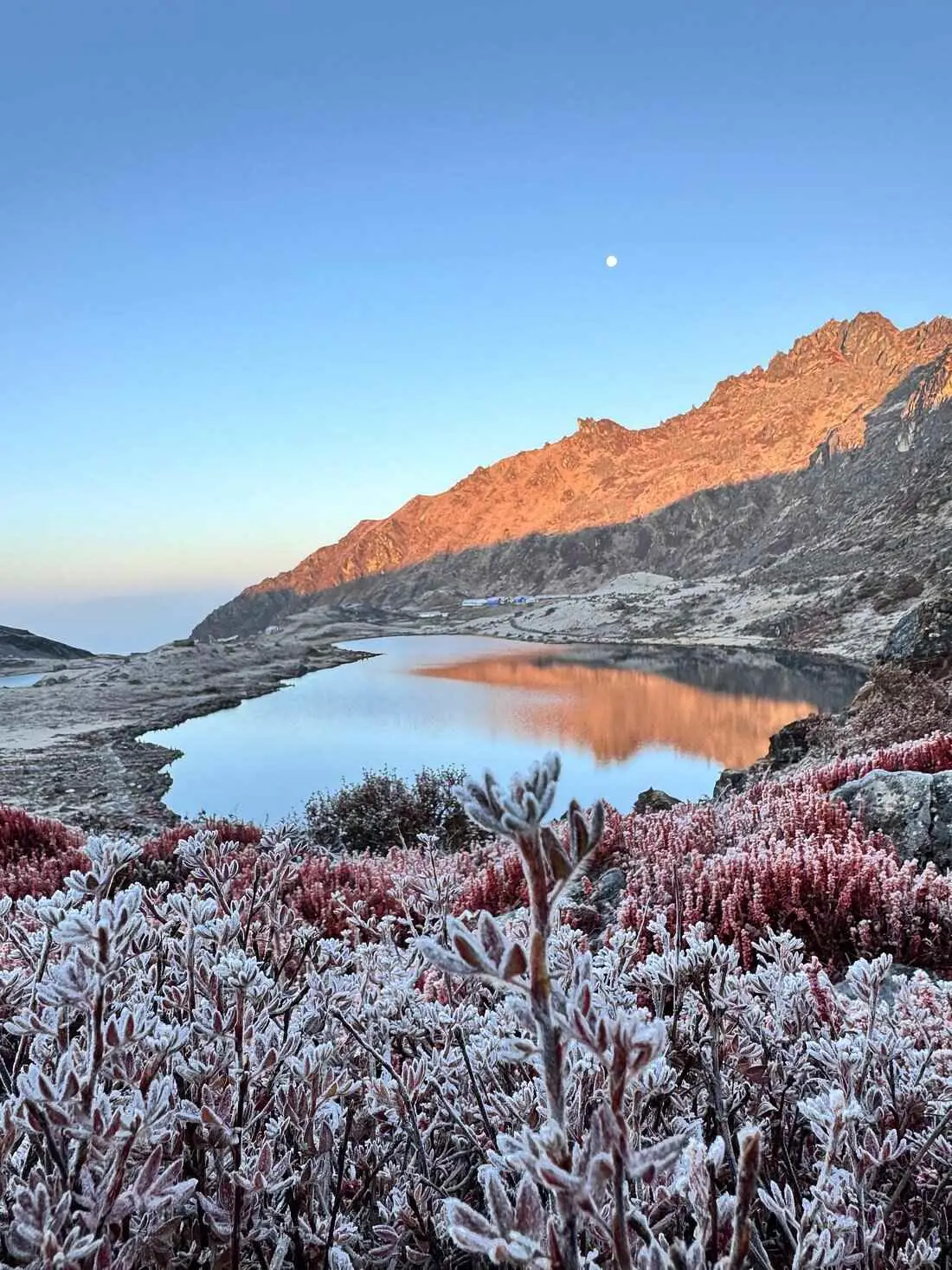
Some routes which are mostly frequented by the locals include:
- Khopra Danda Trek
A lesser-known route near Ghorepani that rewards you with panoramic views of Dhaulagiri and Annapurna South, minus the crowds. Homestays are real family homes, and your money goes straight to the community. - Tamang Heritage Trail
Located near Langtang, this route takes you through Tamang villages, Buddhist monasteries, and offers access to natural hot springs. It’s ideal if you’re into culture, not just climbing. - Mardi Himal Trek
Short, steep, and spectacular. Close to Pokhara and easy to combine with other routes. Offers crystal-clear views of Machapuchare (Fishtail Mountain) and the Annapurna range. - Mohare Danda Trek
A sustainable, community-run trail that supports eco-tourism. Think forest walks, organic local food, and fewer tourists.
Local tip: Skip the big trekking agencies if you’re on a budget. Instead, talk to independent guides or tea house owners. Many of them offer better pricing, more flexibility, and a far more personal experience than package tours. For safety reasons, always make sure that your guide is licensed.
For more travel inspiration, don’t miss our ultimate guide to the most beautiful places to visit in Nepal.
2. Dal Bhat: A Cultural Staple for Travelers Backpacking Nepal
If you’re backpacking Nepal, you’ll definitely end up eating dal bhat (lentils, rice, veggies, curry, and pickle). It won’t take you long to realize why locals swear by it. It’s filling, nourishing, and provides all the energy you’ll need to backpack through the country.
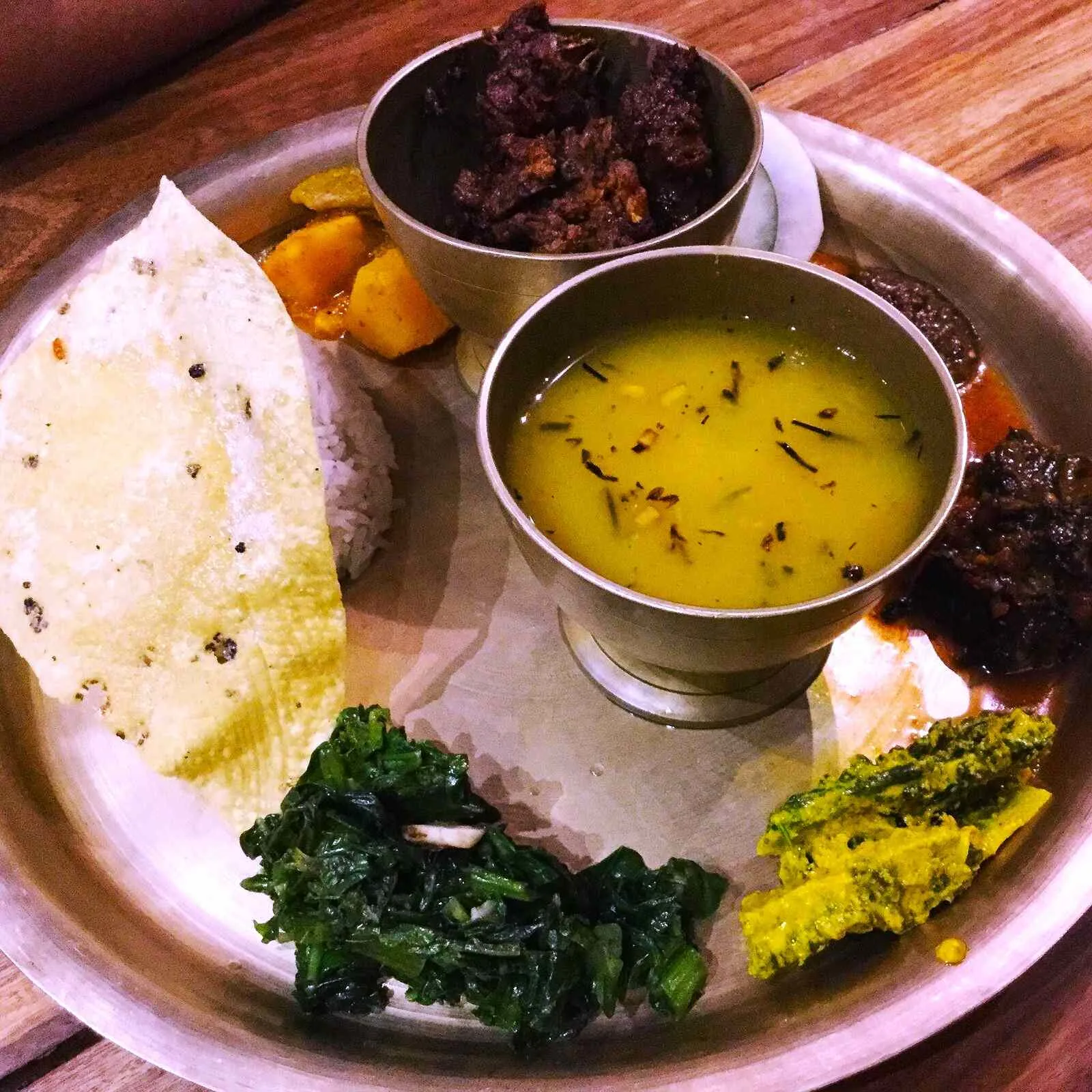
Traditionally served in copper thali plates, dal bhat can be your most reliable meal on most backpacking expeditions. Portions are generous, refills are free, and the variety of sides gives you a real taste of local cooking. It’s also one of the cheapest meals you’ll find in Nepal.
That being said, there are heaps of other scrumptious street eats all over Nepal. Here’s how to order like a local:
- Ask for gundruk (fermented greens) or saag (sautéed spinach) if not served.
- Try dhido instead of rice. It’s a traditional buckwheat mash with an earthy flavor, usually eaten with ghee and spicy tomato achar.
- Eat with your fingers. Locals believe this enhances the sensory experience. All restaurants and tea houses (lodges) have soap and water.
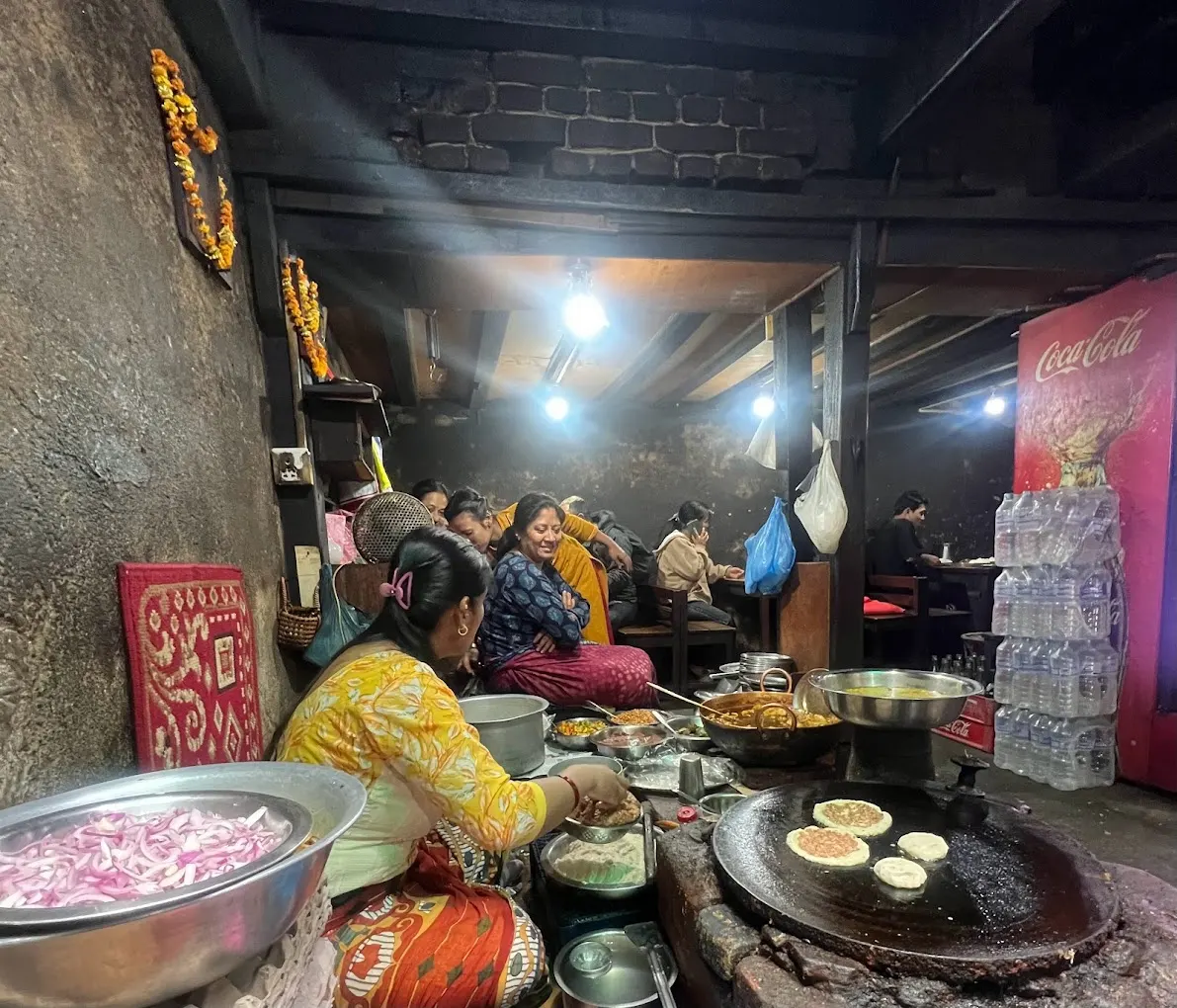
Here’s what you should remember when eating out in Nepal: you’ll find the best meals where local bus drivers, porters, and delivery guys eat. These kitchens certainly don’t look polished, but the food is cooked in bulk and always fresh. In Kathmandu, skip the tourist thali spots and go to Dilli Bazaar where you only need to fork out a couple of dollars for a hearty meal.
3. Local Buses: For Those Bumpy Backpacking Nepal Adventures
Getting around Nepal by local bus or jeep is part of the adventure. It’s dusty, loud, and sometimes delayed. But I promise this is the best way of seeing Nepal in its most authentic, unvarnished self. This is also the easiest way of connecting with the locals. It’s customary for locals to swap snacks during longer rides, so you may wish to bring some nibbles along to share too.
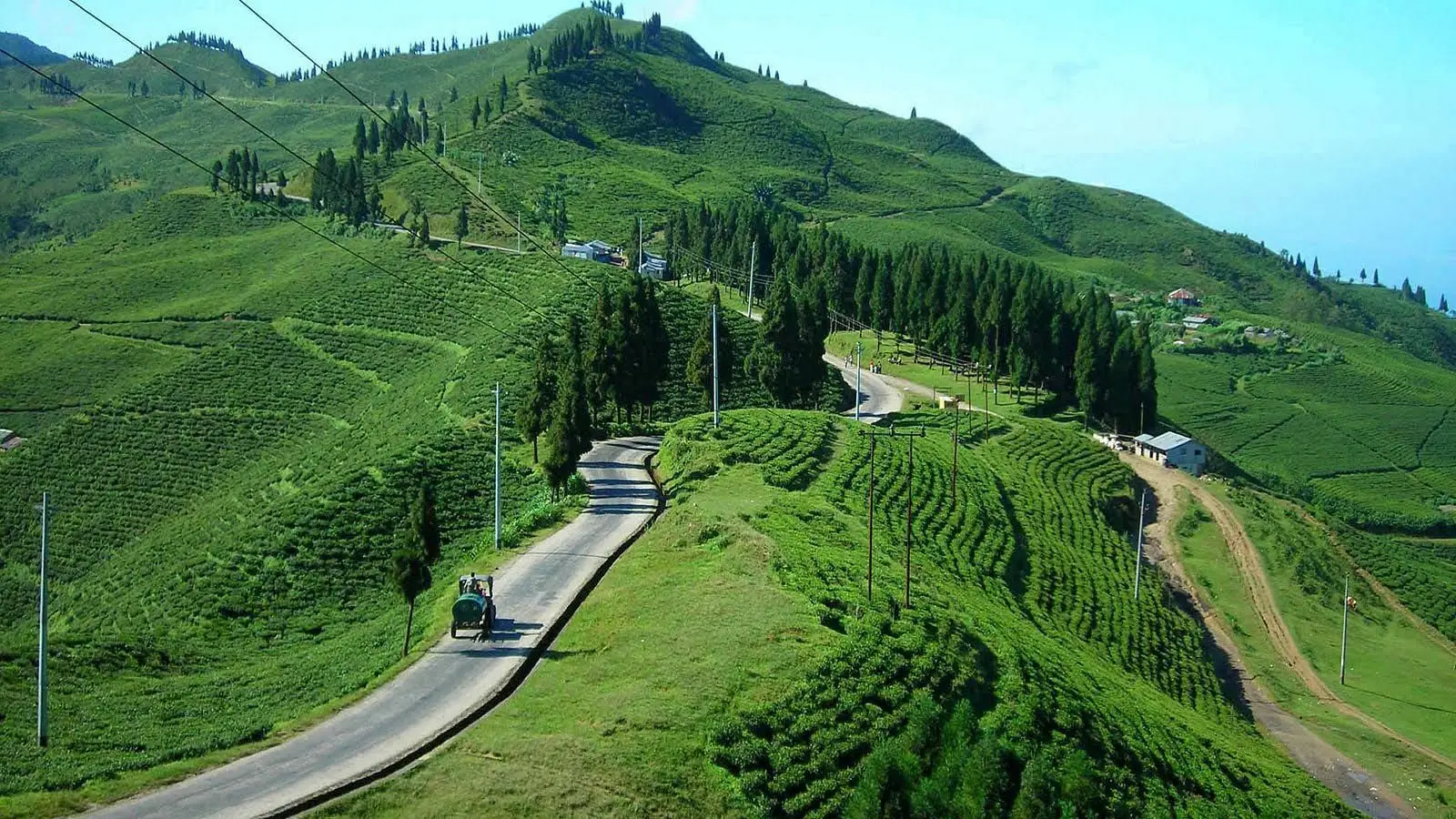
Tour buses are decent for main routes like Kathmandu to Pokhara, Chitwan, and Lumbini. If you’re backpacking to areas like Tansen, Ilam, or Gorkha, you’ll probably use local buses and shared jeeps.
Most local buses don’t stick to the schedules. They tend to leave when full.
Given the unique ‘scheduling’ of local buses, I always recommend that you set aside an hour or two for any delays. Try to keep your plans flexible as well (the number one rule when backpacking Nepal!). In addition to being crowded, buses are also noisy, with loud music blasting from crackling speakers. It’s all part of the local folklore!
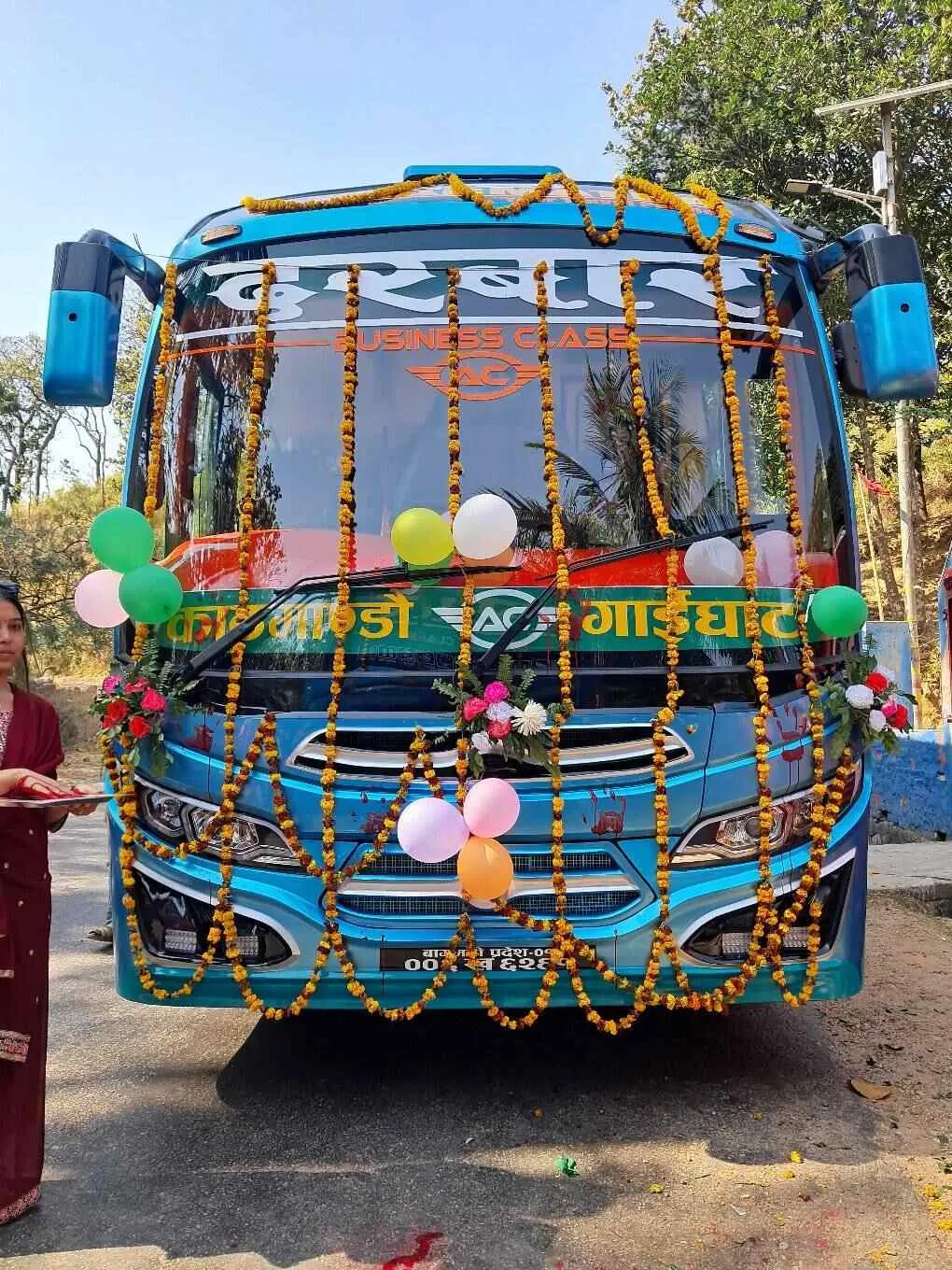
Locals know to sit over the rear axle to avoid the worst of the bumps. Unless you’ve got a solid stomach, we recommend that you avoid the back row entirely.
Popular Bus Routes for Backpackers:
- Kathmandu to Pokhara – Budget buses (Rs. 800–1200) leave from Sorhakhutte; tourist buses leave from Kantipath. Takes 7–9 hours, depending on the weather.
- Pokhara to Nayapul or Ghandruk – Catch jeeps or microbuses from the Baglung Bus Park. Private jeeps are faster and more comfortable, but they still cost significantly more than the bus.
- Kathmandu to Besisahar (start of Annapurna Circuit) – Microbuses from Gongabu Bus Park.
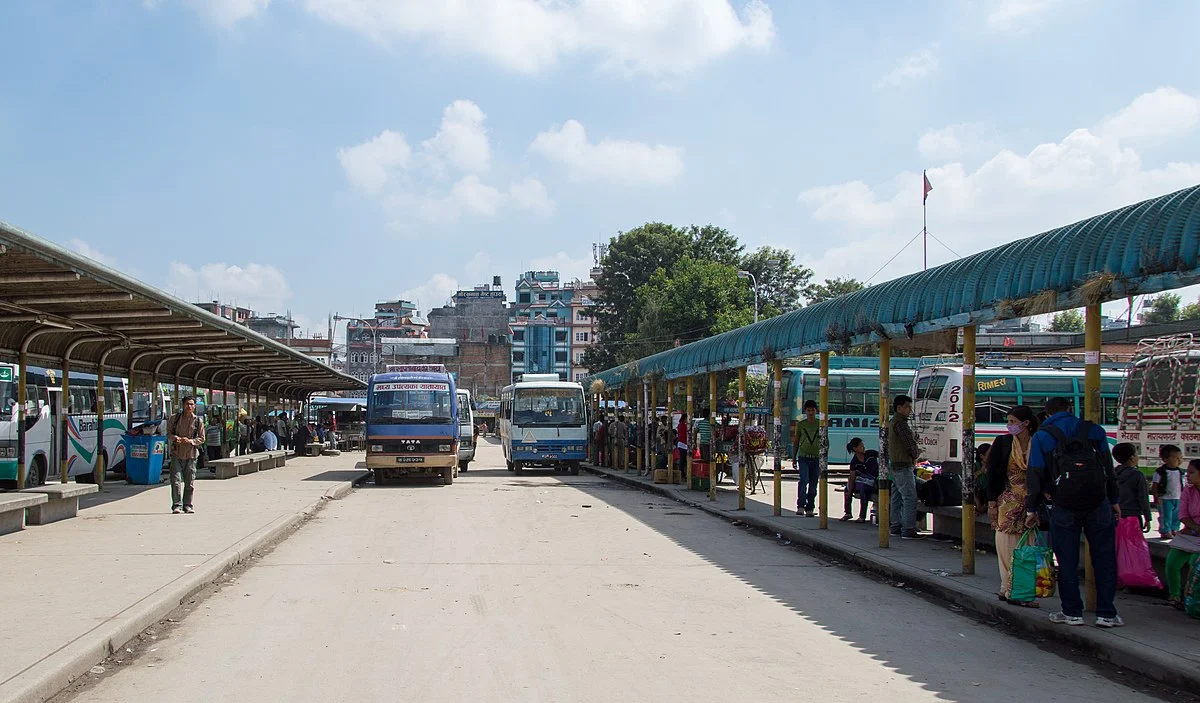
Local tip: Buy your ticket at least one day ahead, especially during festival season. Ask for a window seat in the middle or front. It can get a bit dusty, so I suggest you carry a neck buff, wet wipes, water, and small bills since the driver rarely has change. Some buses are now cashless, but these are still quite rare.
4. Wi-Fi Is Not Reliable: Get a Local SIM when Backpacking Nepal
Internet coverage in Nepal is inconsistent. Most guesthouses and hostels will advertise “free Wi-Fi”. Unfortunately, I found out the hard way that internet coverage can be painfully slow or just plain nonexistent in the hills or remote villages.
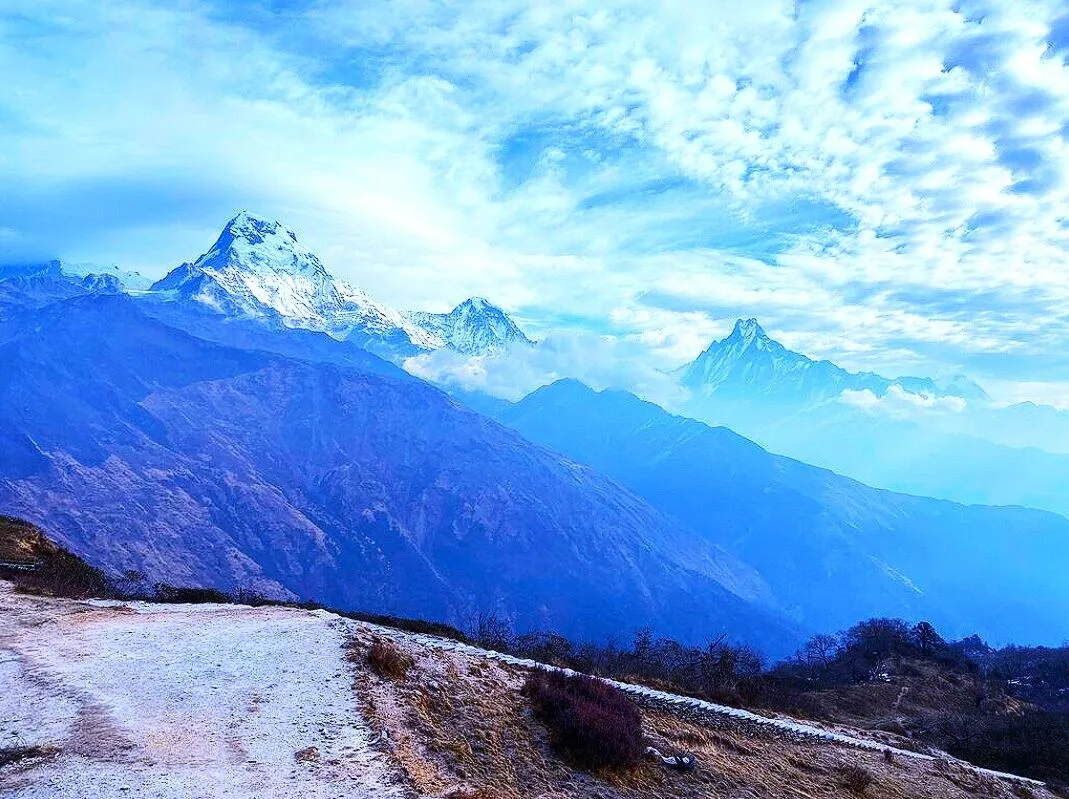
For this reason, it’s a good idea to buy a SIM card as soon as you arrive. Ncell and Nepal Telecom are the two main providers. Ncell generally performs better in tourist areas and cities, while Nepal Telecom is more reliable in remote rural zones.
Prepaid SIMs (around 6 to 10 GB of data) cost about Rs. 500–800 (USD 4–6). Recharge cards are available at nearly every small shop.
Local tip: If you plan on trekking, ask local tea houses which network works best in that region. Coverage changes fast depending on altitude and geography. In the Langtang region, for instance, Nepal Telecom works better above Syabrubesi.
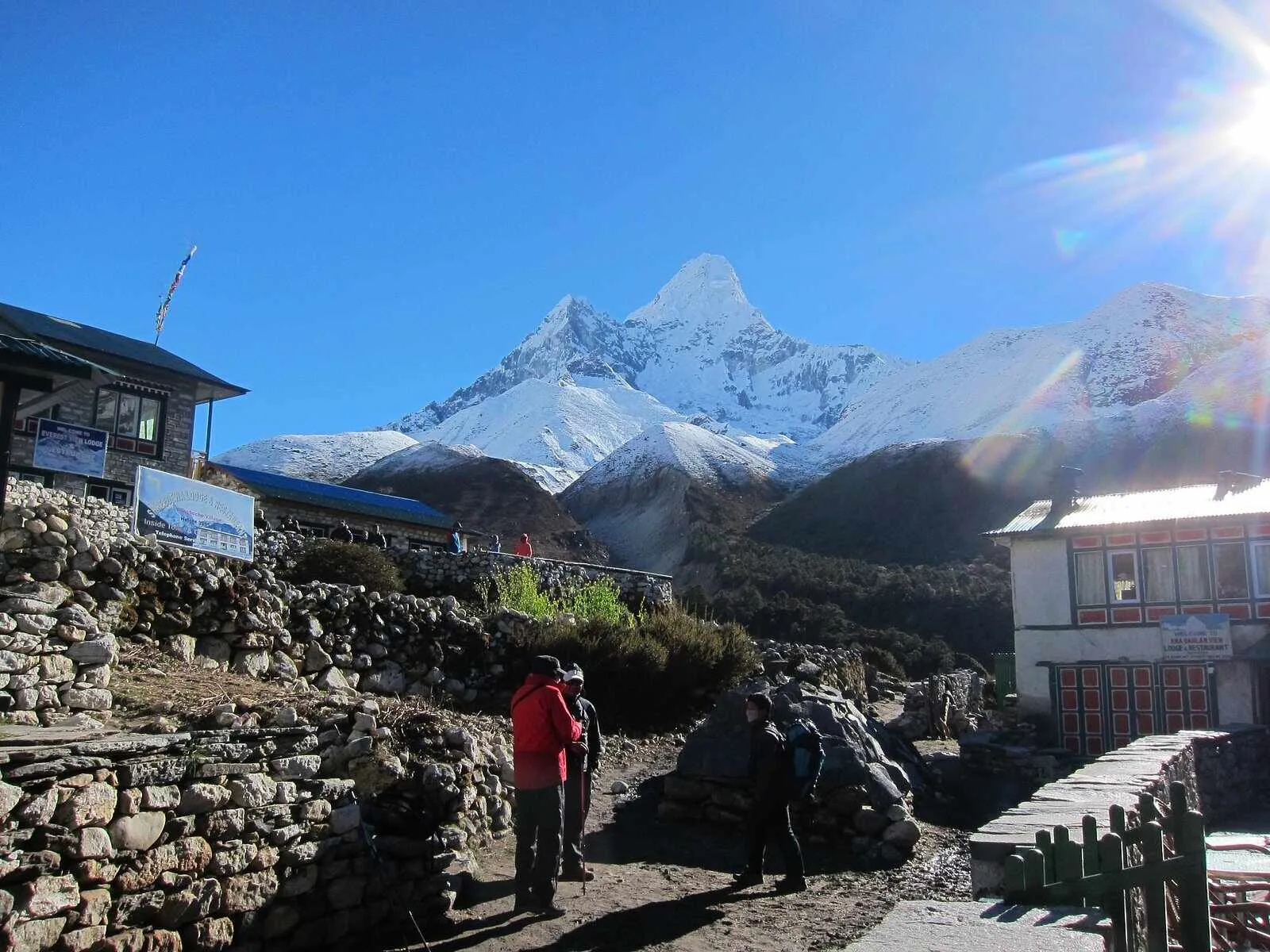
5. Permits and Money: Essentials for Backpacking Nepal
If you’re planning on crossing any conservation areas like Annapurna or Langtang, you need a TIMS card and an entry permit. The Nepal Tourism Board in Bhrikutimandap (Kathmandu) and Damside (Pokhara) processes these. They usually close by 4 pm. They don’t open on public holidays and during important festivals, so I suggest you get your permits as soon as possible.
When I backpack in Nepal, I always make it a point to carry cash in smaller denominations. Most local shops and homestays often don’t have a lot of change. In hill towns like Gorkha, ATM outages are common during festival weeks.
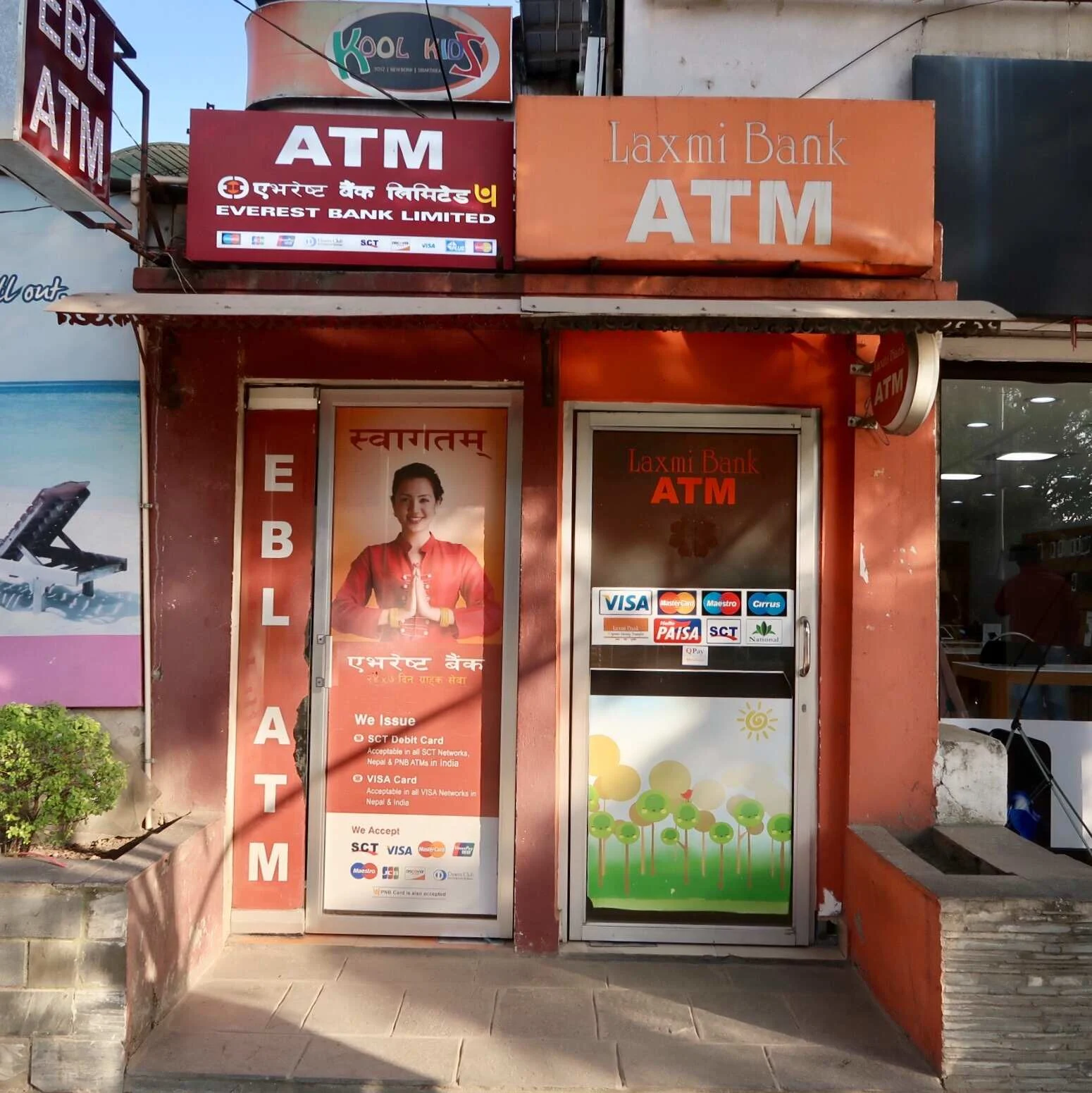
Local tip: Ask around for “cooperative ATM booths” (e.g. NMB or Muktinath Bank). These charge lower withdrawal fees and don’t require international card approvals, unlike Global IME or Standard Chartered.
Bonus Tips for Backpacking Nepal on a Budget
It’s super easy to cut back on costs when backpacking Nepal. Here’s how locals and long-term travelers stretch their budget:
- Eat where porters eat. If a place is full of guides and drivers, the food’s affordable and authentic. For authentic meals, I recommend that you avoid those overly polished spots in touristy areas like Thamel.
- Stay at homestays or community lodges. They often provide deeper cultural experiences than standard guesthouses. Personally, I always try to spend some days at Langtang Village when I’m in the area.
- Buy snacks and trekking gear locally. Stores in Kathmandu, Pokhara, and Thamel offer used gear exchanges and rentals, so you don’t necessarily need to invest in brand-new equipment.
- Travel off-peak. Avoid Dashain and Tihar festivals (October–November) if you want cheaper rooms and less crowded trails.
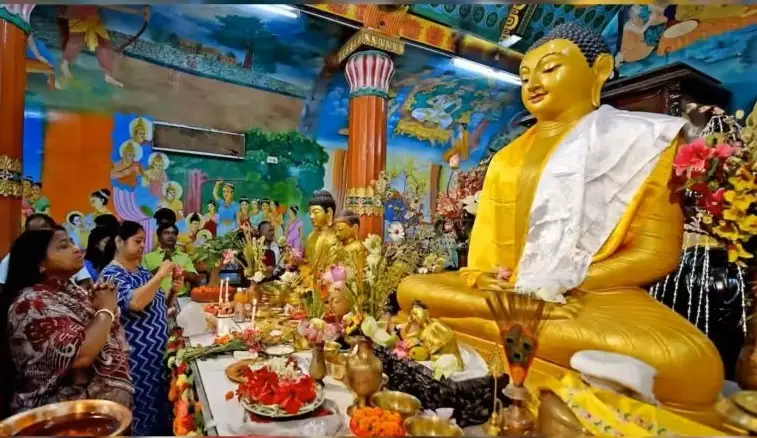
Now that you know what to expect from a backpacking trip in Nepal, how about planning the ultimate off-grid itinerary? If you’d like to dance the night away, Nepalese style, be sure to check out Kathmandu’s super vibrant nightlife as well! And if you’re tired after all that partying, you can always check out Kathmandu’s vibrant coffee scene or fuel up with a super sweet Nepalese dessert!
Share This Article

Traveling soon? Subscribe to The Insight below and get exclusive access to our personalized travel advice community via WhatsApp so you can ask all your burning travel questions.
Looking for the best comprehensive travel insurance? SafetyWing has you covered.
And for your eSIM in every country, there is only one option we recommend: Airalo.
Read more of our best insights from around the world
